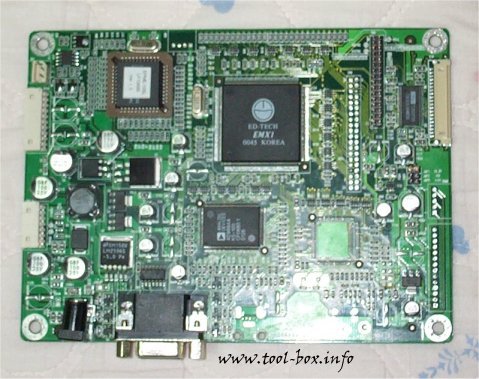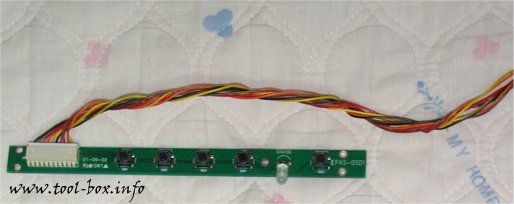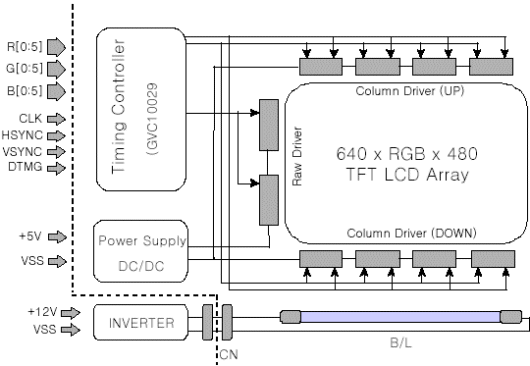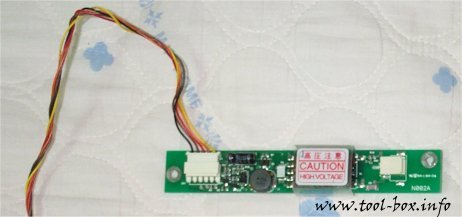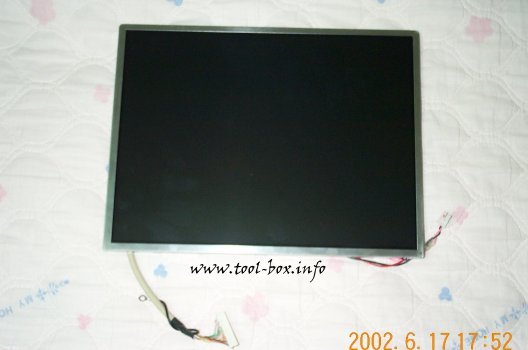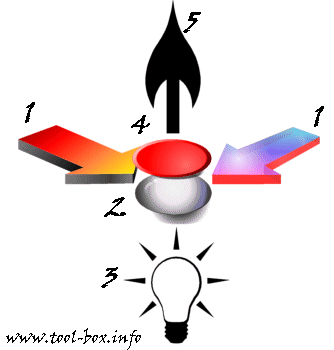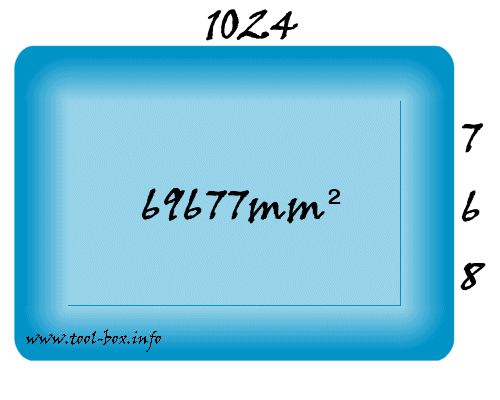Building LCD Monitor (6/9)
Posted by Wesley onNow let's put the components together. We need a casing. It doesn't need to be complex or thick, because the components are lightweight, weight only a couple of hundreds of grams. I used some Plexiglas (pressed acrylic) panels left over from building my new computer (to be introduced in the upcoming article) to accommodate the components in place. First, the back panel:
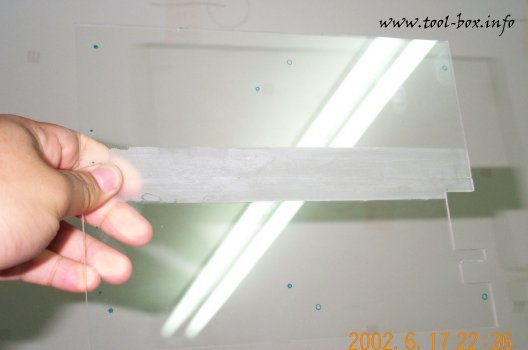
I put together two panels into one, hence the grey area in the middle. Holes were drilled for placing all the electronic components on it. Next, the side panels:
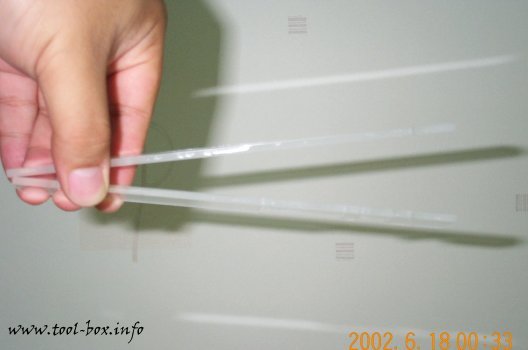
The LCD panel I used had fastening holes on the left and the right side because it was intended for use in laptop computers, where space must be conserved. Therefore I drilled holes on the side panels to hold the LCD in place.
